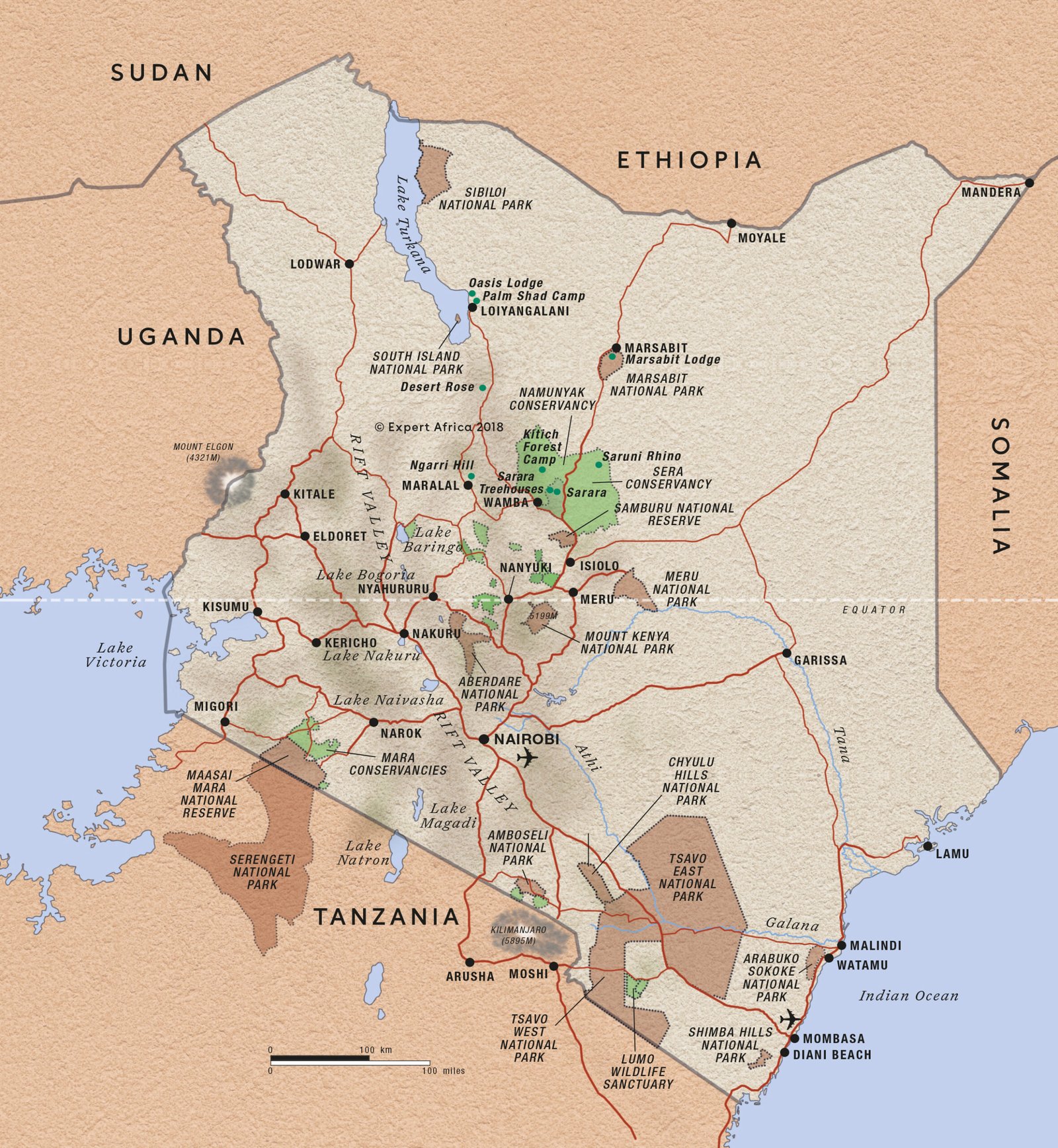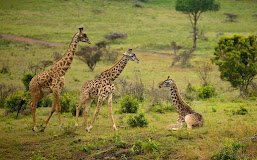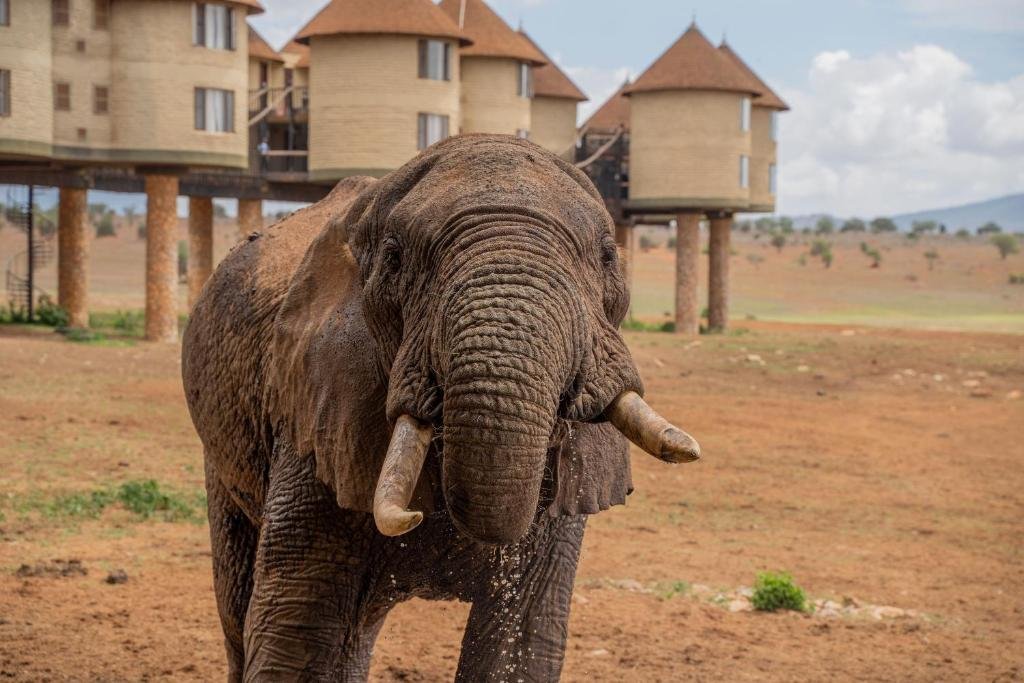Kenya
Kenya invented the safari: with its spectacular wildlife, cultural diversity and breathtaking landscapes, this is an utterly dazzling destination.
Kenya invented the safari: with its spectacular wildlife, cultural diversity and breathtaking landscapes, this is an utterly dazzling destination.

Kenya
Kenya invented the safari: with its spectacular wildlife, cultural diversity and breathtaking landscapes, this is an utterly dazzling destination.
“Absolutely magical” is how one traveler described their first safari in Kenya with Expert Africa. “It’s a deeply moving and profoundly affecting experience. Beyond the vast arrays of wildlife and birds in their natural settings, it’s something that goes beyond words. It’s unforgettable and undeniably one of the most remarkable experiences of my life.”
With the Indian Ocean caressing its palm-fringed beaches and Mount Kenya looming majestically in its central highlands, Kenya stands out as one of Africa’s most spectacular destinations. The country is a tapestry of breathtaking landscapes, from the white sandy shores of its coastal regions to the iconic savannahs of the Maasai Mara. Its rich biodiversity and vibrant cultural fabric—from the Maasai warriors in their bright shukas on the plains to the Swahili fishermen in colorful kikois along the coast—promise endless fascination.
To the Maasai, Kenya is sacred, a land specially created by God. Imagine God shaping the land by elevating Mount Kenya, its snowy peaks commanding the highlands. He then stretched the land to create the Great Rift Valley, a vast geological marvel adorned with lakes. The Maasai Mara, in the southwest, showcases a panorama of wildlife; it’s a place where scenes right out of a storybook unfold before your eyes as diverse species coexist on the vibrant grasslands. On the Kenyan coast, you encounter a different world, with mosques and palm trees, azure seas, and vibrant coral reefs. No matter where your adventures in Kenya lead, the country promises an enriching, soul-stirring, and exciting journey, making it a peerless destination for newcomers and seasoned travelers alike.

Kenya's top safari and holiday destinations
Kenya’s key regions for visitors are diverse and spread throughout the country, each offering unique encounters with nature and wildlife.
In the southwest, adjacent to Tanzania’s Serengeti National Park, the Maasai Mara National Reserve and its surrounding conservancies are celebrated for the Great Migration.
To the north of Mount Kenya, the Laikipia region is renowned as Kenya’s rhino sanctuary, home to all three African rhino species, and a hotspot for seeing rare wildlife like hunting dogs and black leopards.
Eastward, Meru National Park offers an intimate safari experience with just a few camps and lodges set in a vast wilderness, providing a magical and less traveled setting.
Further north, Samburu National Reserve is distinguished by its unique dry-country species such as the reticulated giraffe, gerenuk, and Grevy’s zebra, extending into the remote deserts and semi-deserts of Northern Kenya, and Lake Turkana, the world’s largest desert lake.
In southern Kenya, Amboseli is famous for iconic views of Mount Kilimanjaro and its large elephant herds. Tsavo East and Tsavo West offer expansive landscapes and diverse wildlife; the former for its sweeping vistas and baobabs, the latter for its rugged terrain and richer biodiversity, although animals here may be more elusive.
Finally, Kenya’s coast combines pristine tropical beaches with a rich cultural mosaic, making it a perfect conclusion to a diverse Kenyan journey.
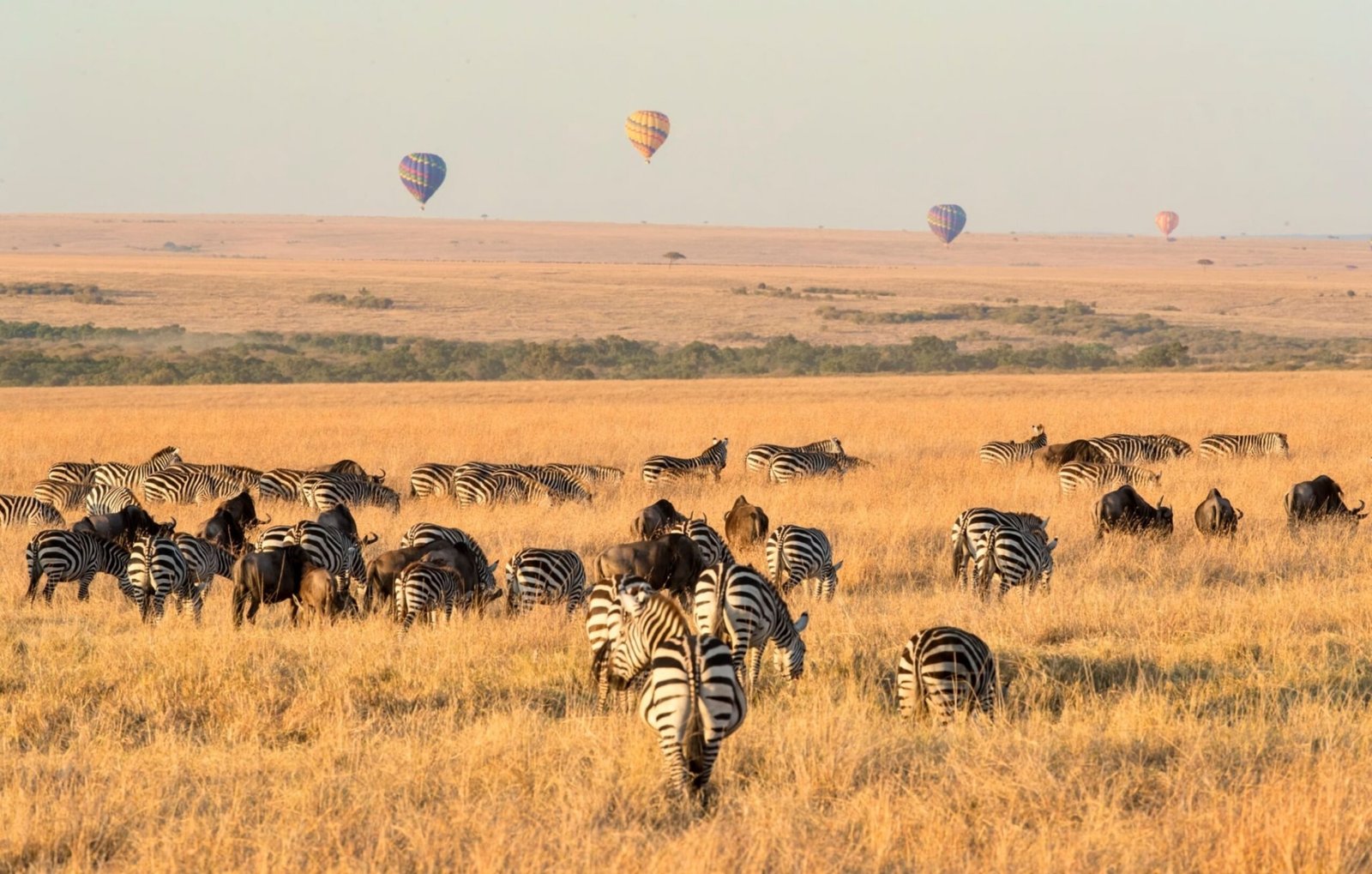
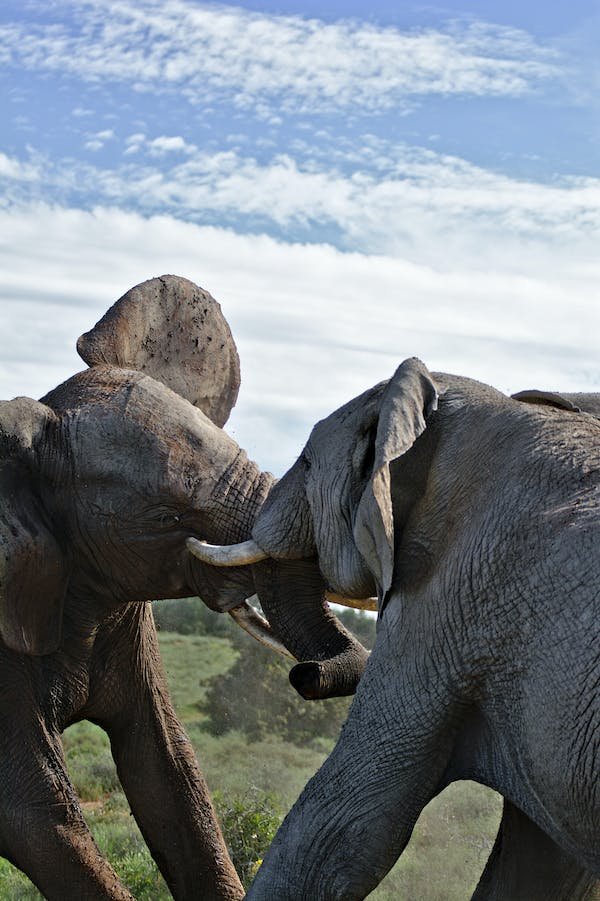
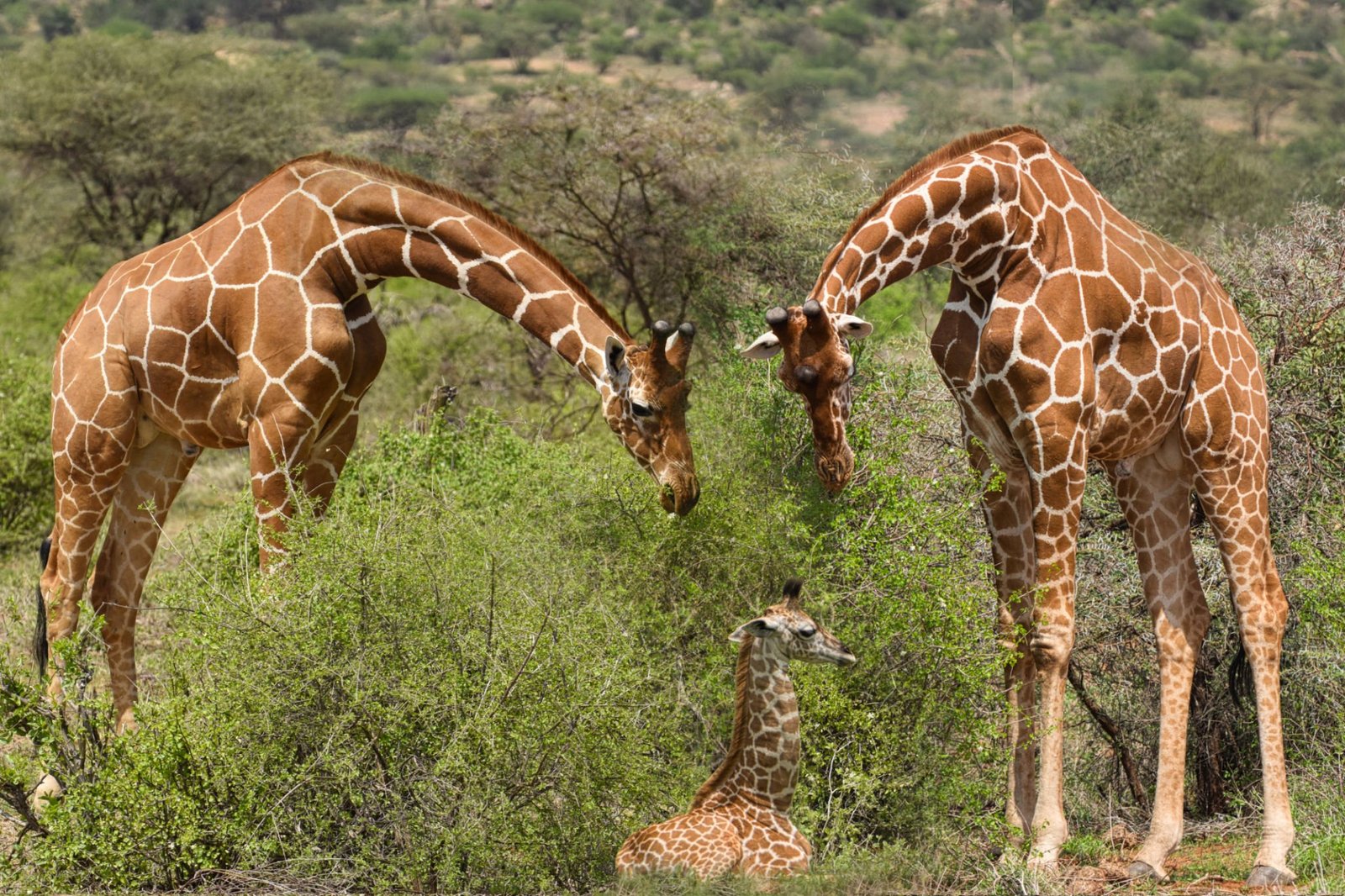
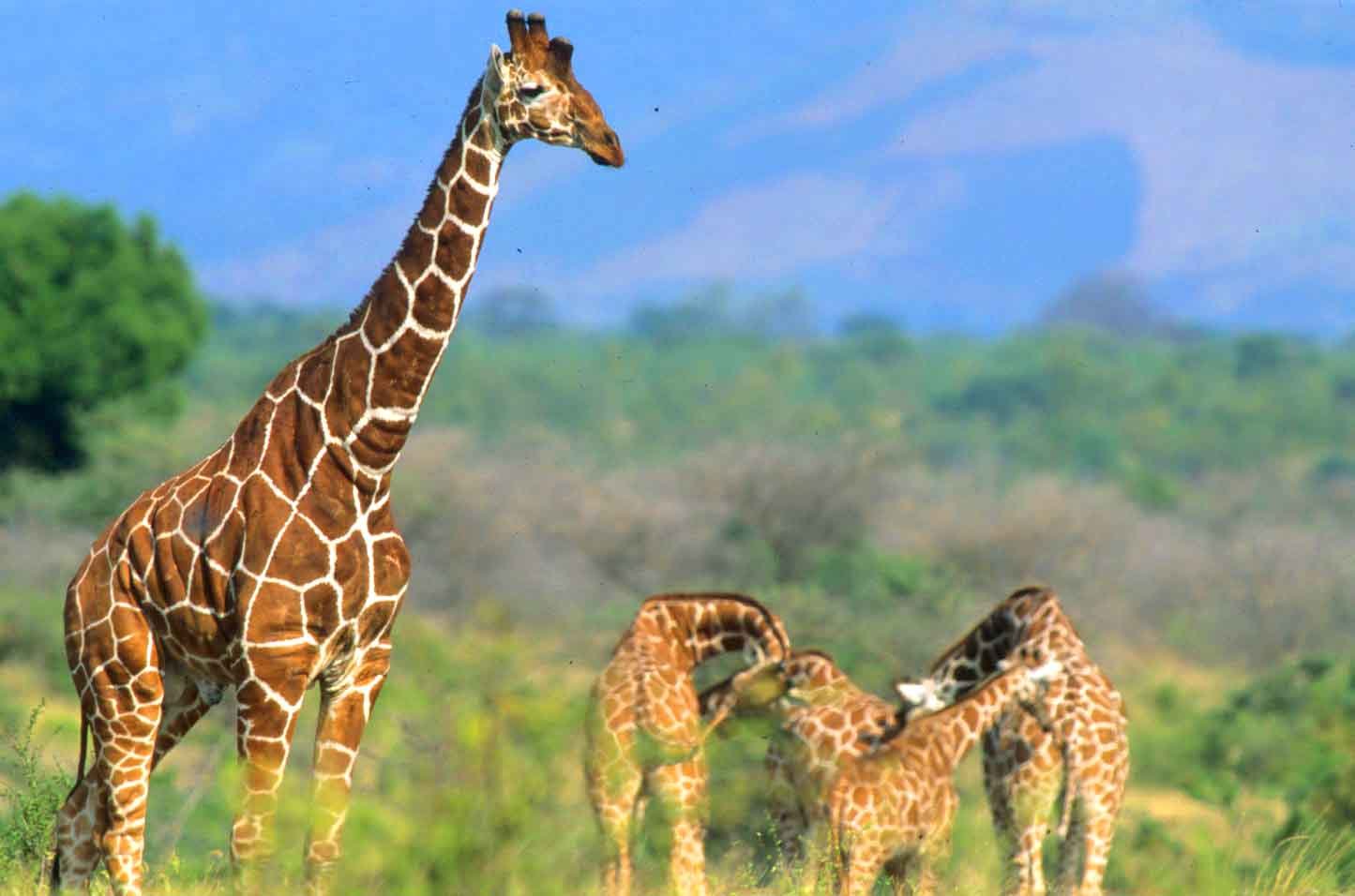
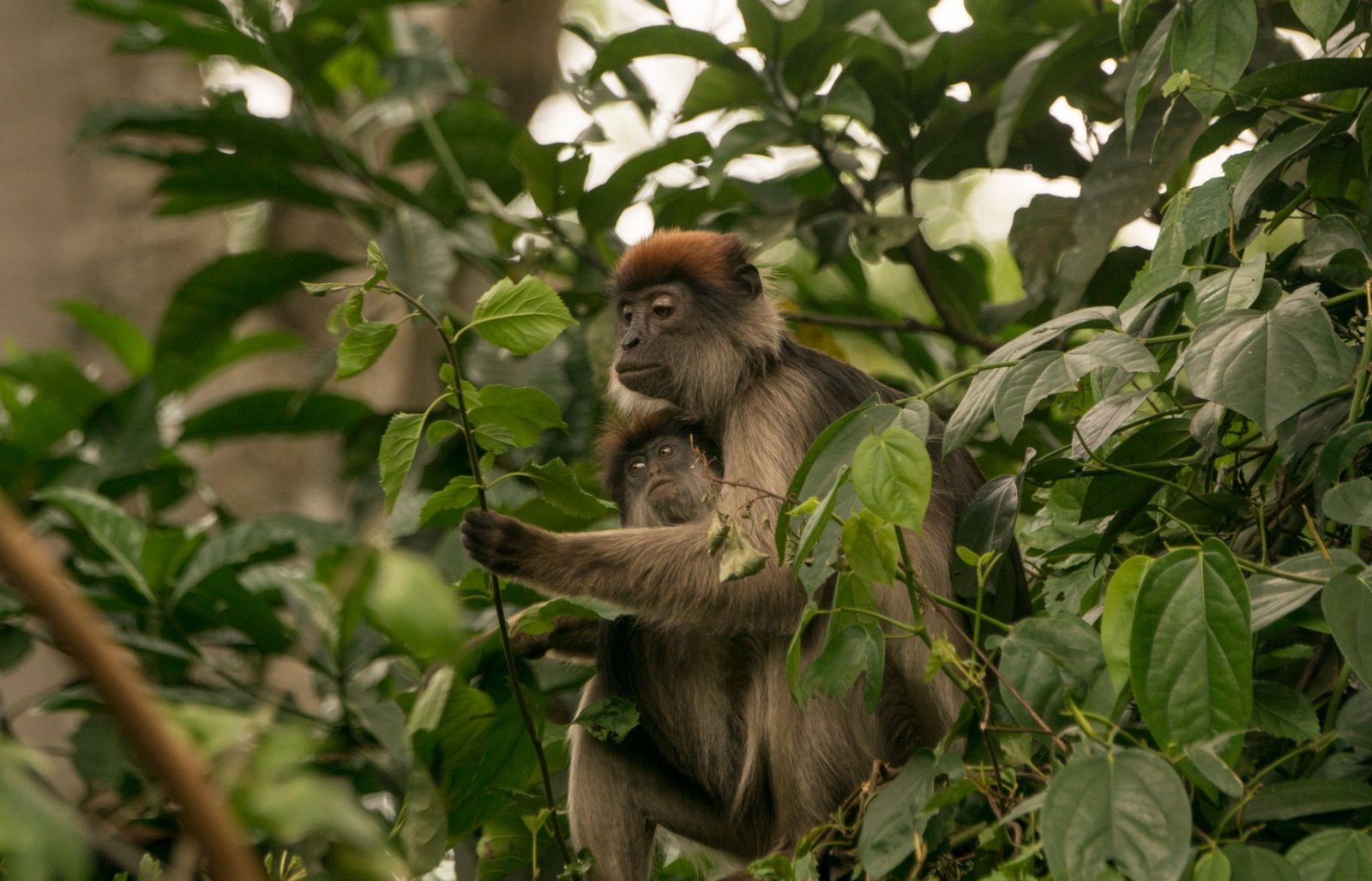
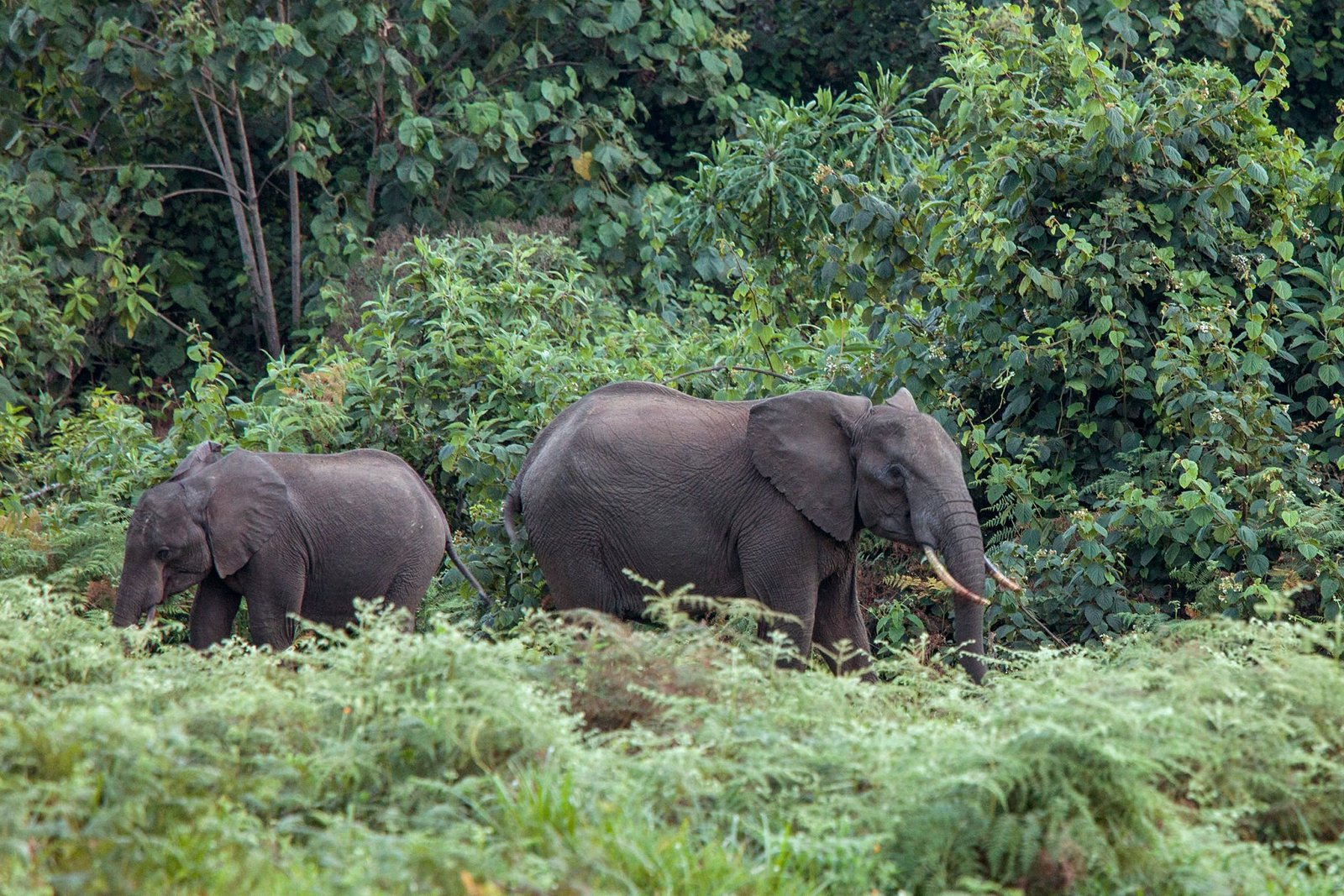
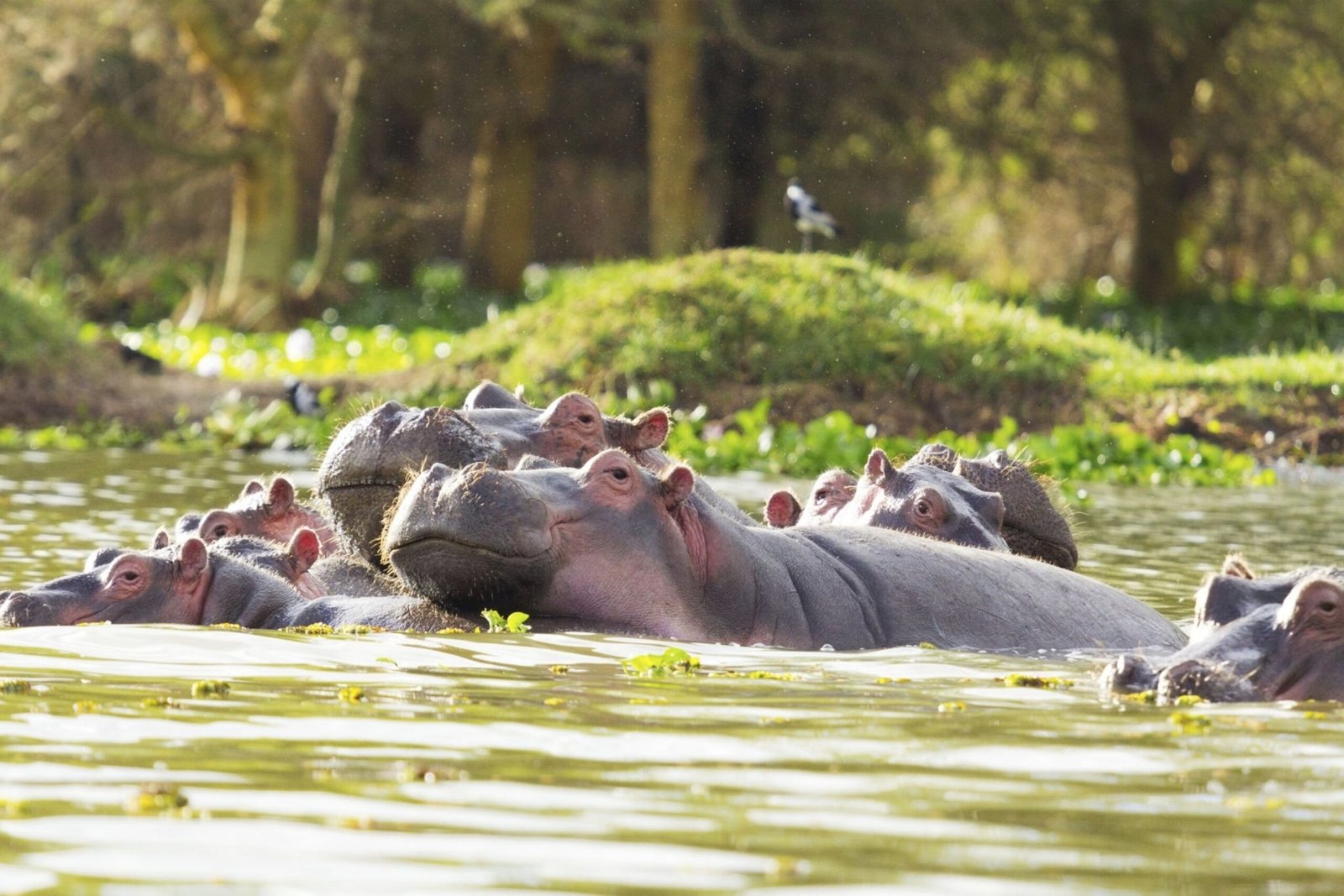

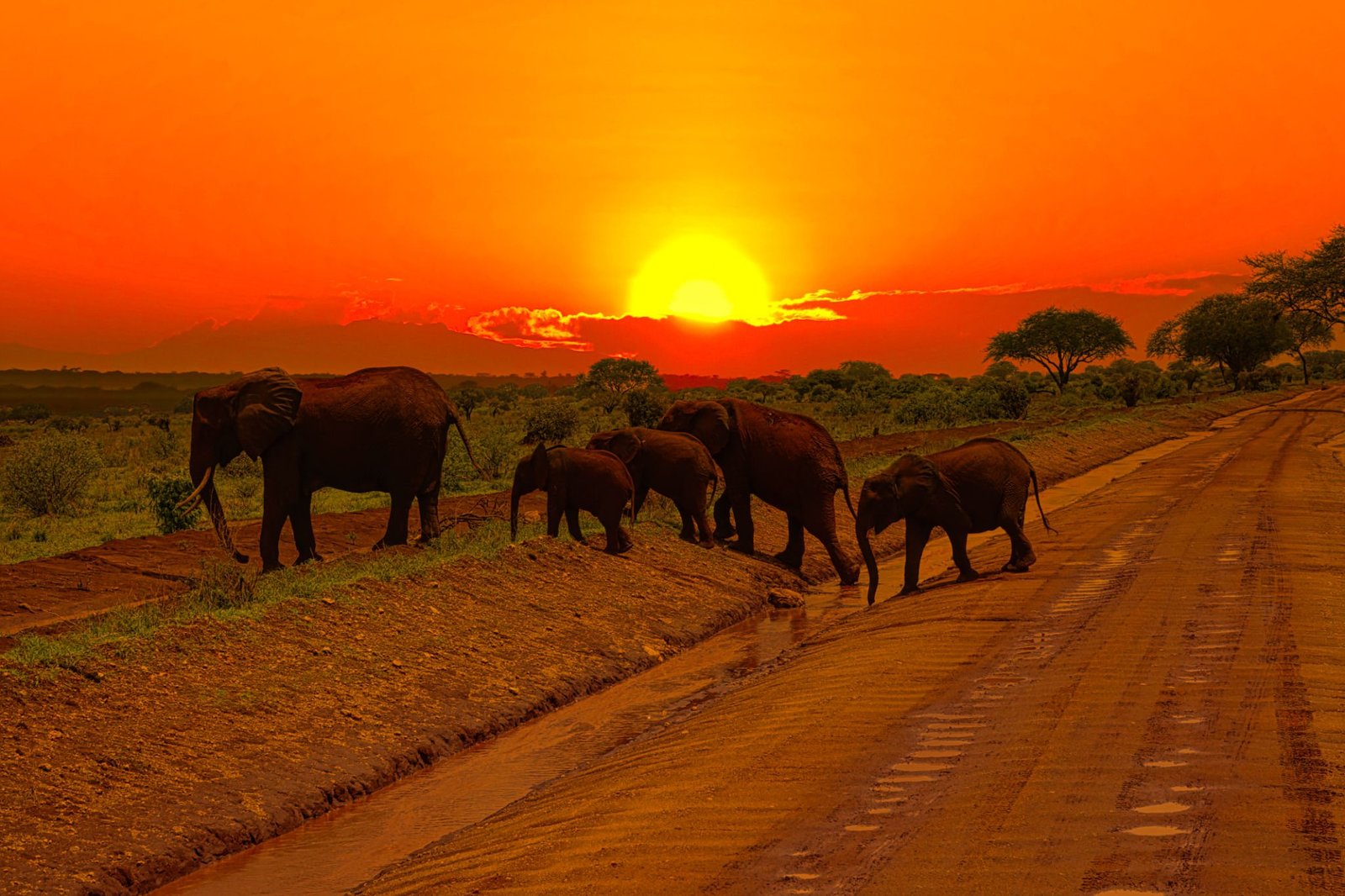
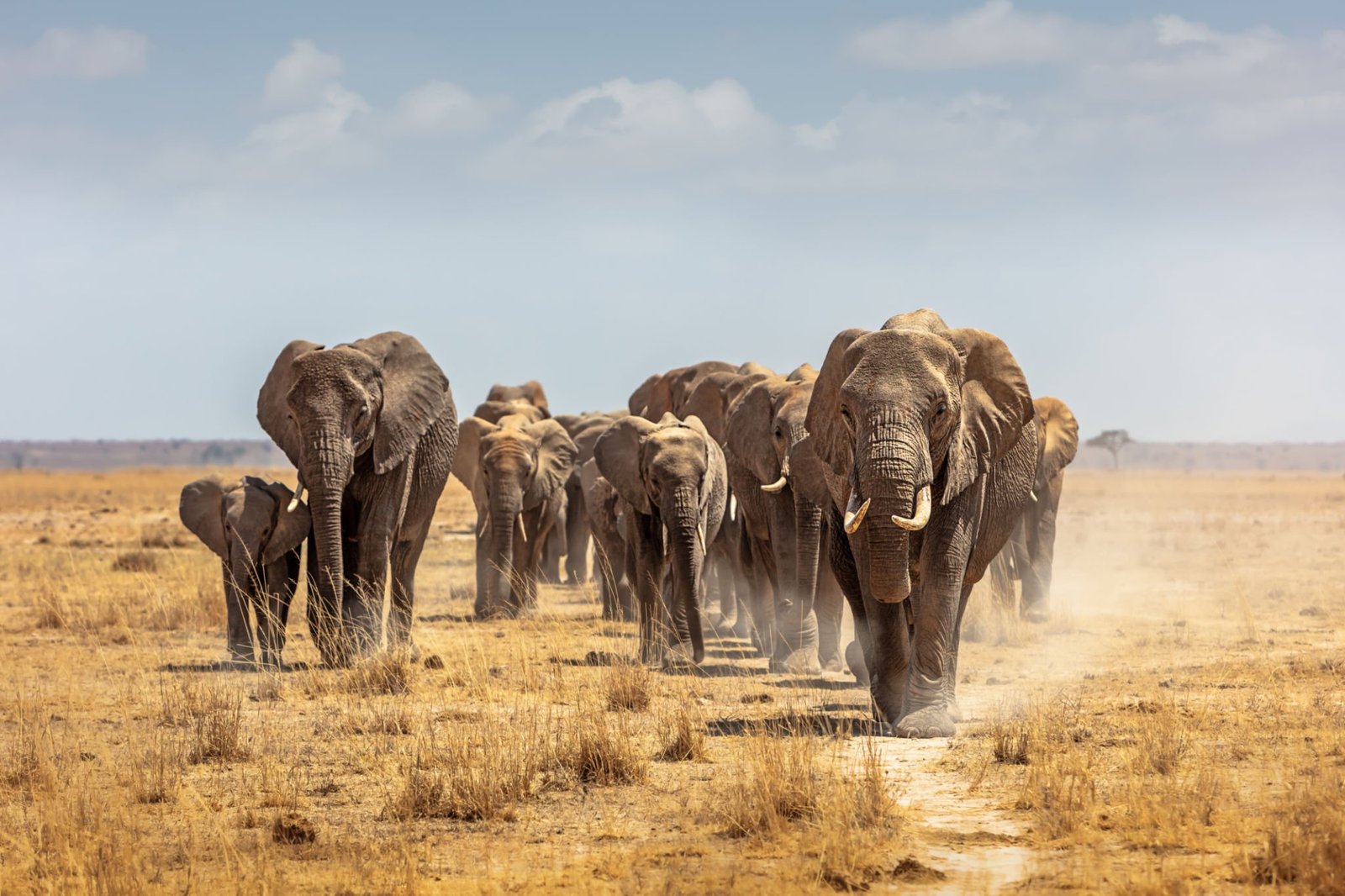
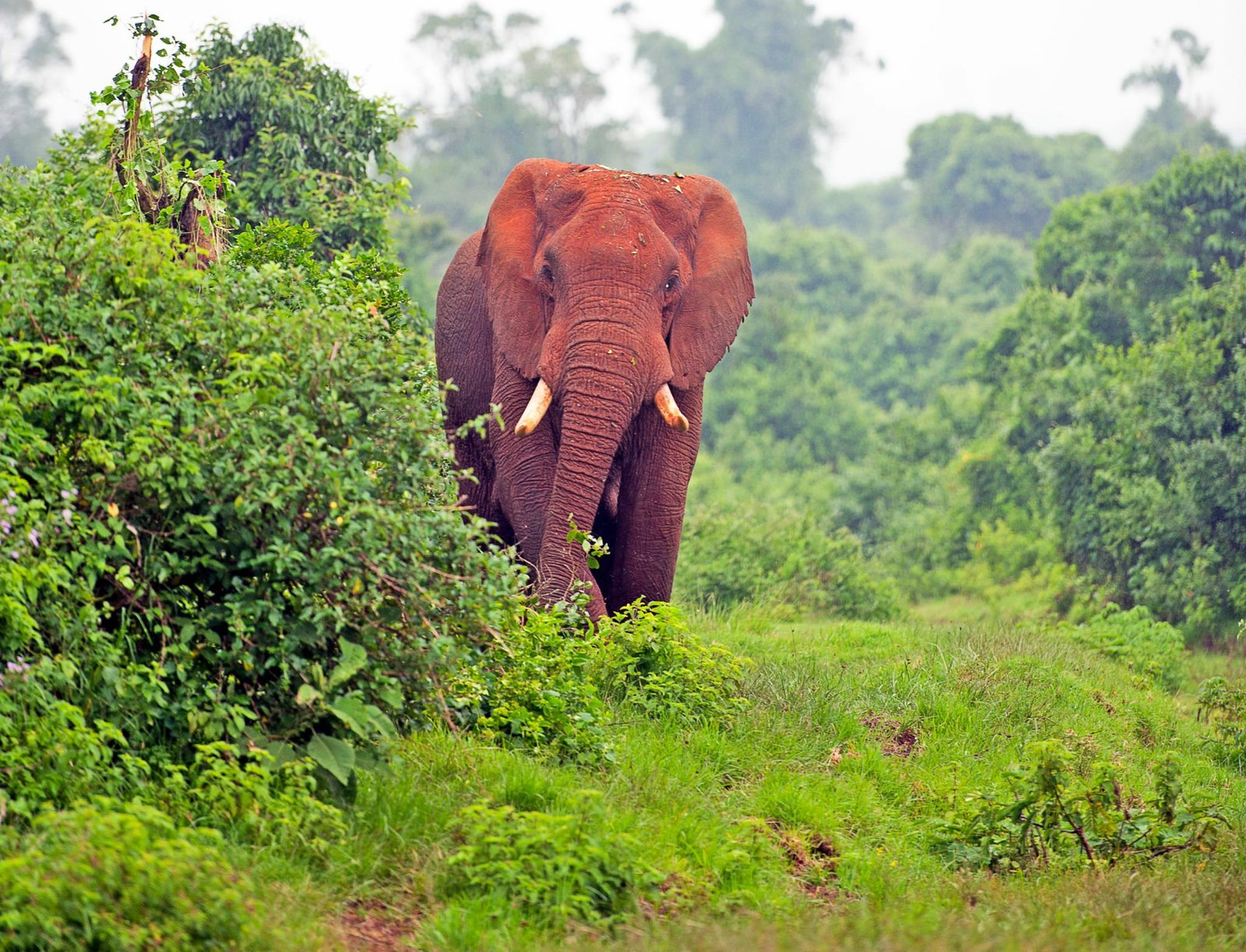
Our top ten Kenya safaris and holidays
Every one of Sovereign Safaris’ tailor-made itineraries is as unique as the traveler embarking on it.
The sample itineraries we present here are merely a glimpse of what is possible, complete with costs and details. They are flexible, not fixed; you can mix and match any combination of camps and lodges that logistics allow, and begin your journey on any date you choose, subject to availability. Explore all 24 Kenya safari options here.
Most of our trips in Kenya feature Fly-in Safaris, where you travel by scheduled light aircraft between different destinations, staying a few days at each camp or lodge. You’ll explore the diverse landscapes in an open safari vehicle, guided by experienced local driver-guides, and join other guests on daily game drives.
On a Guided Safari, you travel across Kenya in a private safari vehicle equipped with a pop-top roof and sliding windows, led throughout by the same expert driver-guide.
Our Beach Holidays highlight the idyllic beaches along Kenya’s coast and the beautiful coastal towns.
Contact Sovereign Safaris now to speak with a Kenya specialist who can answer your questions and create a personalized itinerary that’s just right for you.
Our travelers' wildlife sightings across Kenya
As our travelers journey through Kenya, many document their wildlife sightings—from lions and leopards to black rhinos—and share these observations with us. This practice of “citizen science” provides a valuable insight into the distribution of species, enhancing your understanding of where you might spot certain animals during your safari in Kenya. Learn more about how we gather this data [Learn about this survey’s methodology].
Below, the percentages indicate the likelihood of encountering various large mammals in their natural habitats. Note that species with restricted ranges, like the black rhino, often show high probabilities in the areas they inhabit. For more detailed information on a specific species, click on its image below and follow the link in the pop-up window.
For an extensive view of wildlife sightings across Kenya, check out our interactive wildlife map, which highlights the best spots for spotting different species.
Wildebeest
99% SUCCESS
Giraffe
99% SUCCESS
Lion
90% SUCCESS
Wildebeest
99% SUCCESS
Rhino
60% SUCCESS
Spotted Hyena
90% SUCCESS
Hippo
80% SUCCESS
Gerenuk
60% SUCCESS
Warthog
90% SUCCESS
Flamingos
60% SUCCESS
Tortoise
20% SUCCESS
Ostrich
70% SUCCESS
Holidays and Safaris in Kenya
Sovereign Safaris understands Kenya like no other safari operator: our specialists have years of experience traveling and living in the country. We guide you to make the best choices for your trip, drawing from our own extensive experiences with honesty and enthusiasm.
The Mara ecosystem, encompassing the Maasai Mara National Reserve and the adjacent Maasai Mara Conservancies, is Kenya’s premier wildlife area. Most travelers make a point to visit this iconic region, famed for the Mara River and the spectacular annual wildebeest migration. We’ll assist you in deciding whether to stay inside the reserve or opt for one of the surrounding conservancies.
Recognized as the second top wildlife destination in Kenya, Laikipia is made up entirely of private and community conservancies. Here, you can encounter the “Big Five” and also spot less common species such as the wild dog and Grevy’s zebra. The area is particularly renowned among avid mammal-watchers and photographers for its elusive black leopards.
Other key safari destinations in Kenya include Samburu National Reserve and its neighboring conservancies, Amboseli National Park alongside the nearby Chyulu Hills, and Meru National Park. We cherish all these areas, and many travelers have their favorite camps to which they return time and again.
Please explore our selection of safari and beach holiday itineraries below, then contact us so that one of our Kenya experts can help you design a personalized, tailor-made trip that perfectly suits your needs.

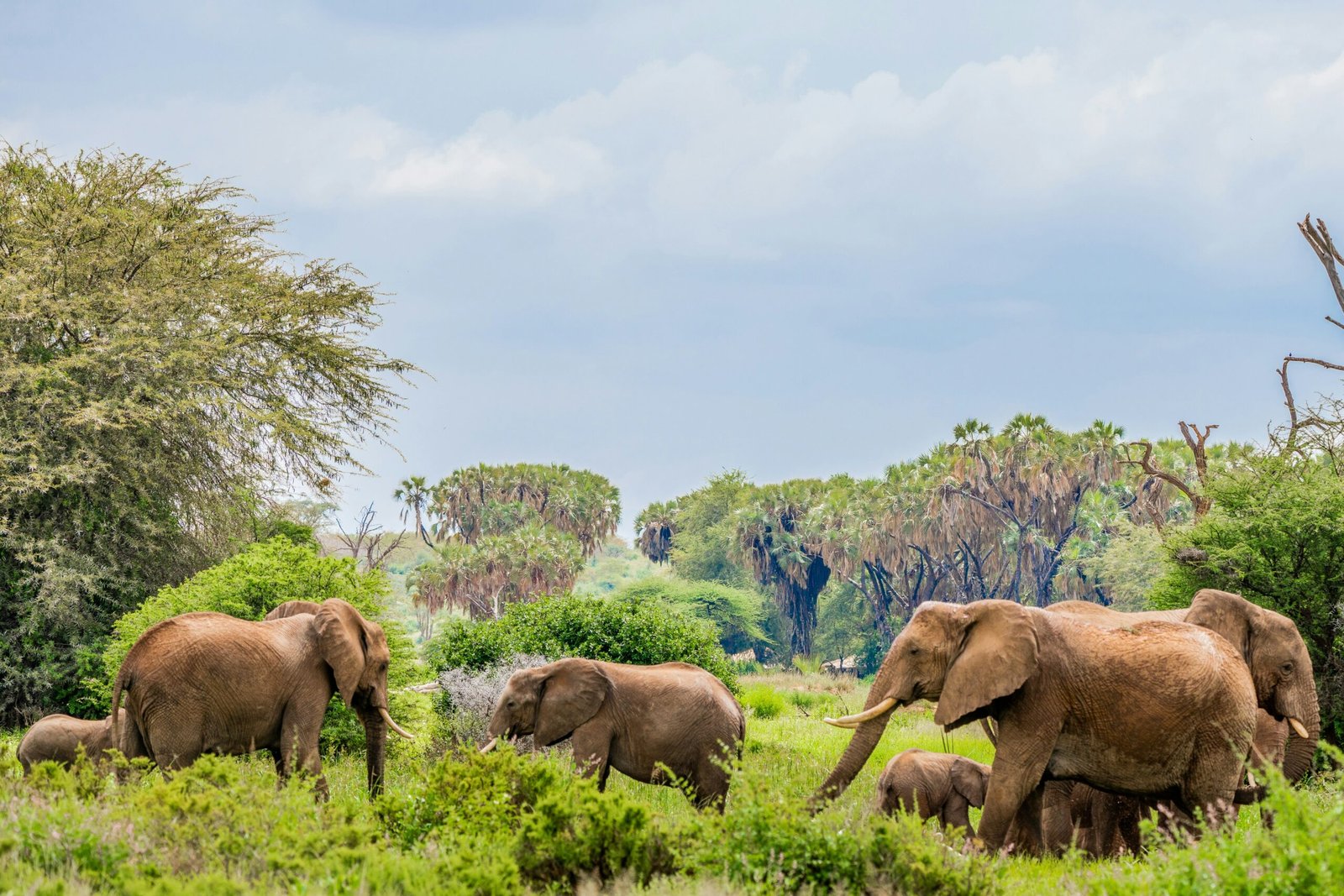
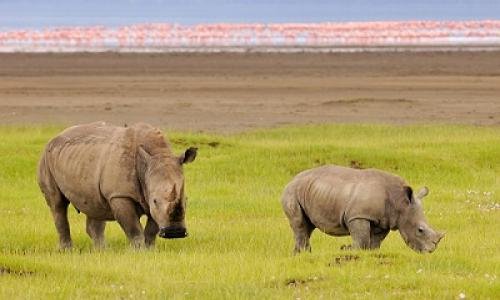
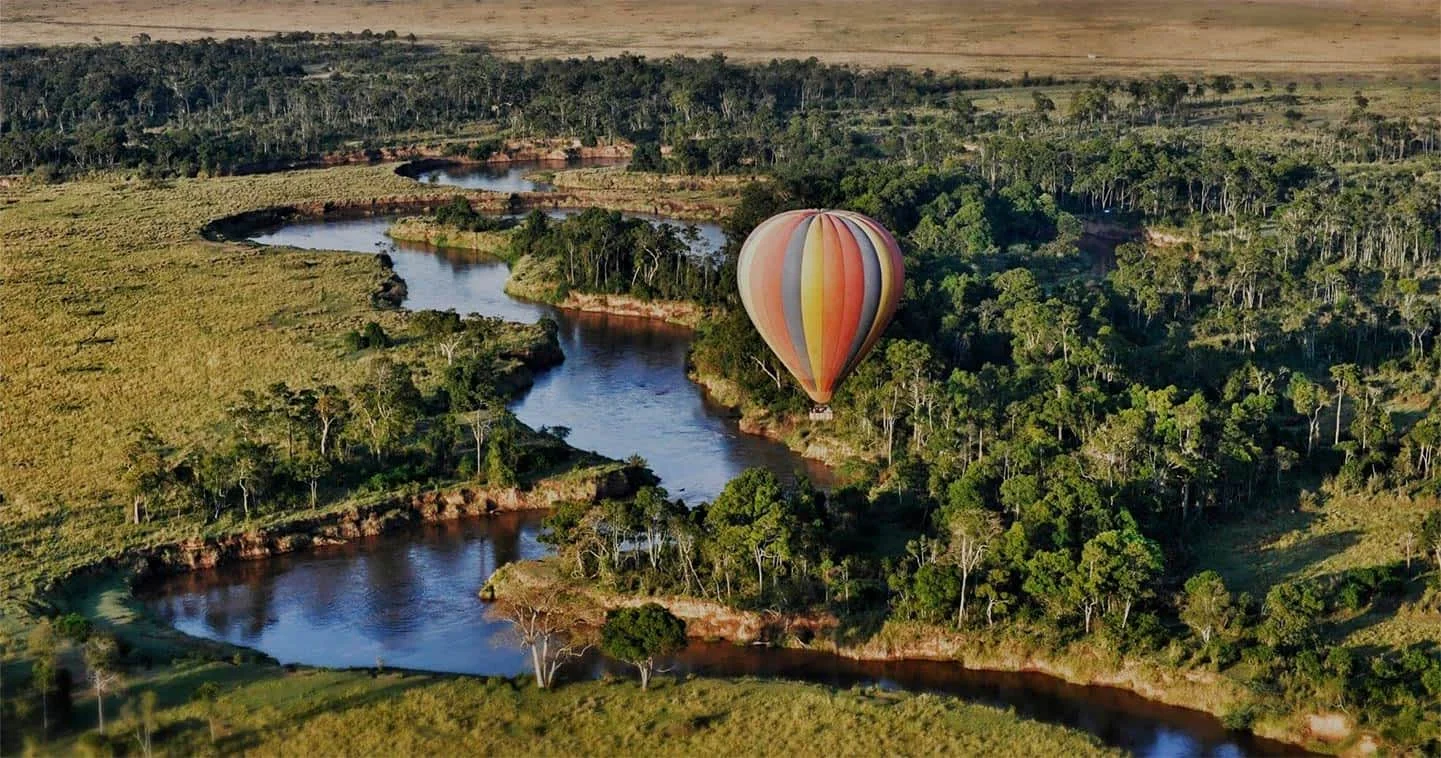
![sovereign_adventures-20230922-0009[1]](https://sovereignsafaris.com/wp-content/uploads/2024/02/sovereign_adventures-20230922-00091.jpg)

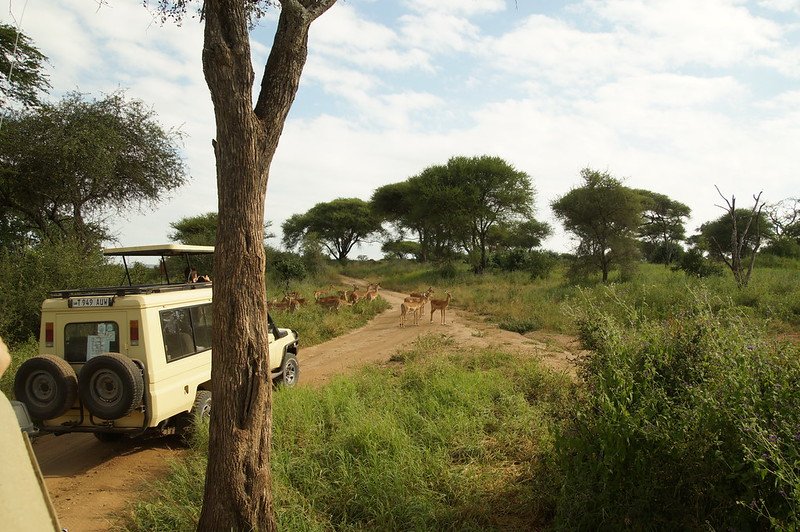
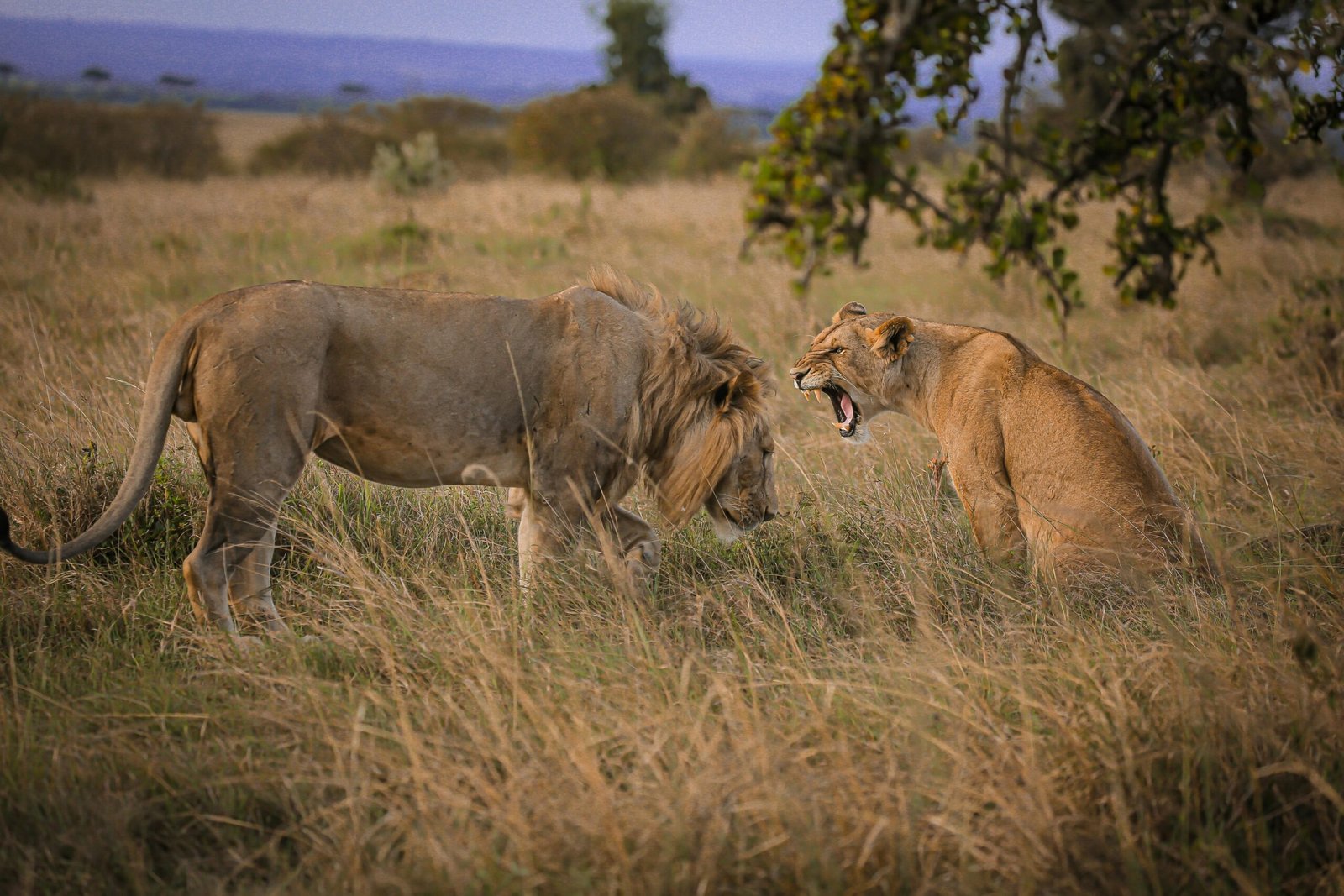
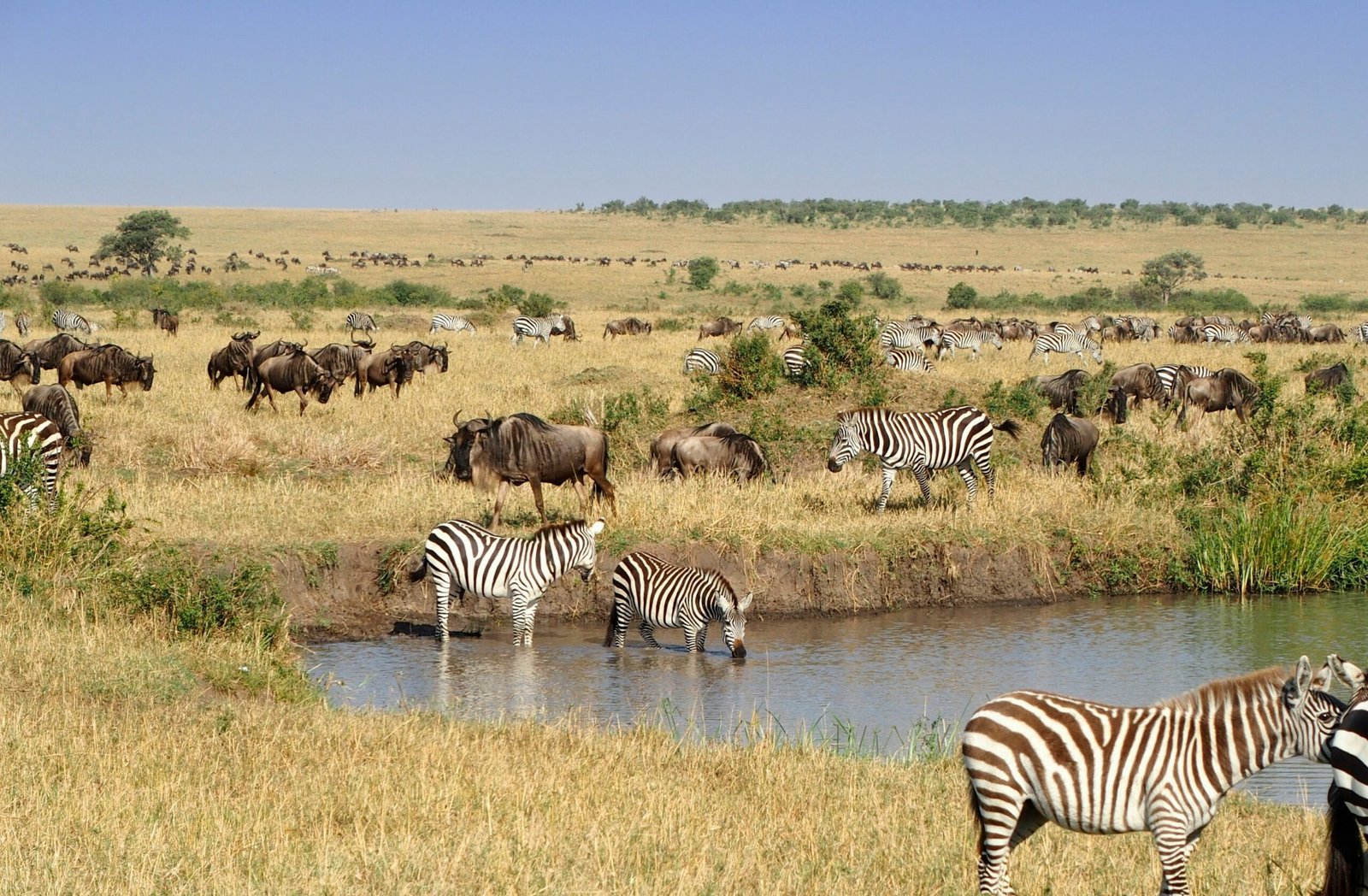
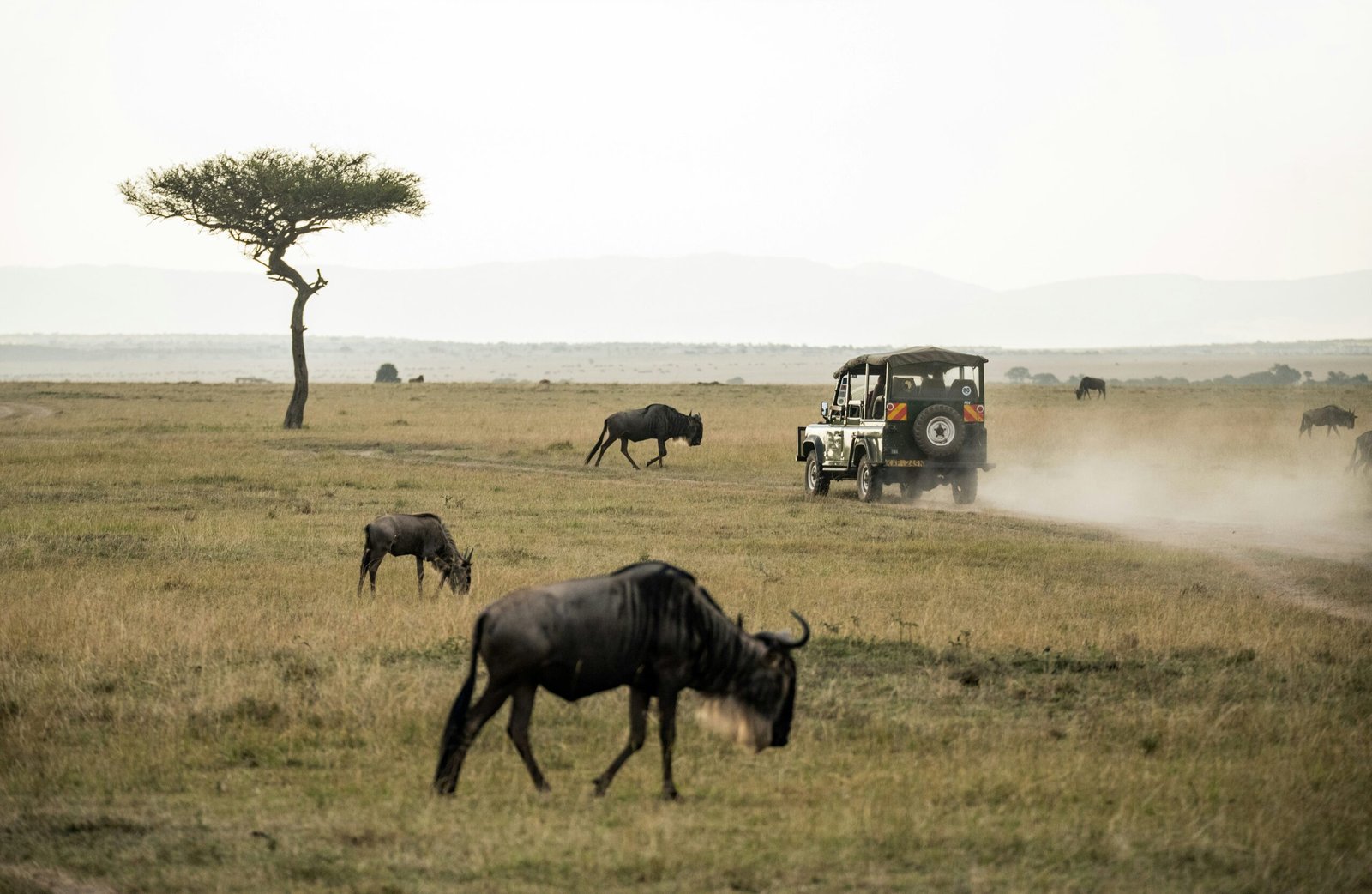
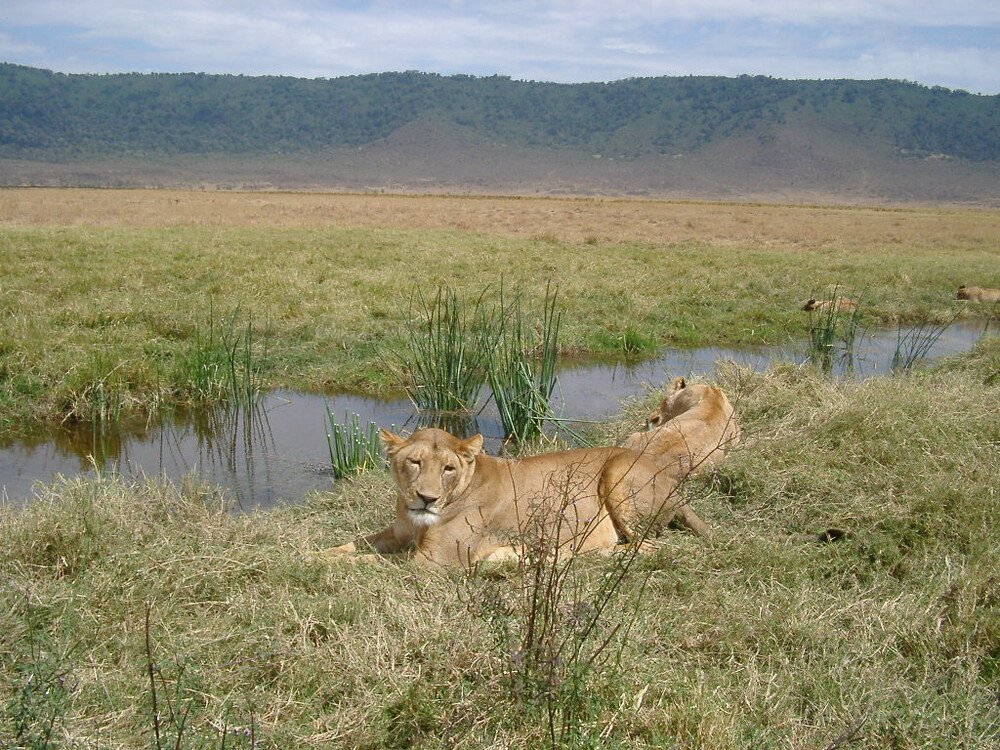
Our Safari Types and Experiences in Kenya
Sovereign Safaris has an unparalleled understanding of Kenya, with our specialists boasting years of experience traveling and residing within the country. This depth of knowledge enables us to guide you expertly, making recommendations for your trip with genuine enthusiasm and integrity.
The heart of Kenya’s wildlife viewing is the Mara ecosystem, which includes the Maasai Mara National Reserve and the adjacent Maasai Mara Conservancies. This area is celebrated for the Mara River and the dramatic annual wildebeest migration. We’ll assist you in choosing whether to stay within the reserve or in one of the surrounding conservancies.
Laikipia ranks as Kenya’s second most prestigious wildlife locale, comprised entirely of private and community conservancies. Here, not only can you spot the renowned “Big Five,” but also rarer species such as wild dogs and Grevy’s zebras. The region is also a hotspot for mammal enthusiasts and photographers, particularly known for sightings of black leopards.
Other key safari locations in Kenya include Samburu National Reserve and its neighboring conservancies, Amboseli National Park along with the adjacent Chyulu Hills, and Meru National Park. Each offers unique experiences, and many travelers have established favorite camps that beckon them back.
Explore our curated selection of safari and beach holiday itineraries below. Then, reach out to us so that one of our Kenya experts can craft a bespoke, tailor-made journey that perfectly matches your preferences.
A rough guide to Kenya
This short guide includes some useful practical and background information about the country. If you book your Kenya trip with Expert Africa, we’ll send you a free copy of The Rough Guide to Kenya, a detailed travel guide written by Expert Africa’s East Africa.
-
Where to go on a first visit
-
Local flight transfers
-
Engaging with local culture
-
Kenyan food and drink
-
Kenya’s history
Where to go on a first visit
The options can seem overwhelming: with so many parks, reserves and conservancies, where to go on a first visit?
Firstly, we’d strongly recommend including the famous Maasai Mara. At any time of year, the lands around the meandering Mara River host abundant wildlife and whether you’re watching a pride of lions hunting, a herd of elephants grazing in the marsh or hyenas squabbling with vultures over the carcass of a buffalo, you are conscious all the time of being in a realm apart, a human visitor to a landscape owned by the animals. Yes, the publicly accessible Maasai Mara National Reserve gets very busy, especially during holiday periods and when the wildebeest migration is on. There’s a new hard surfaced road from Nairobi which makes access easy for weekenders too. However, the former Maasai grazing lands around the reserve have mostly been converted to very successful wildlife conservancies, managed by the local community in association with small, high quality safari camp owners, and these Maasai Mara Conservancies are well worth considering if you want to avoid the crowds.
The other region we very often recommend as a contrast with the Mara is Laikipia, the upland former ranches and hills northwest of Mount Kenya. Laikipia now largely consists of a patchwork of highly successful wildlife conservancies, providing extensive sanctuary to rhinos, wild dogs, leopards and most of the other megafauna of the East African plains and bush.
If you want to include some beach time, Kenya's Indian Ocean coast, fringed by coral reefs, is the real deal – with the bonus of rewarding historical discoveries to be made in the old cities of Mombasa and Lamu, and the ruins of Gedi, near Watamu.
Local flight transfers
The workhorse of Kenya’s local aviation is the Cessna Caravan. It’s a turboprop plane, typically seating 9-12 passengers, plus the pilot and co-pilot. If you’re not used to flying in unpressurised light aircraft the experience can either be exhilarating or a little unexpected at first. Be prepared for the plane to be gently buffeted by wind and thermals and to drop into bush airstrips more than once in the course of your journey. Our scheduled airline partners strive to be reliable, but the final route and timings of any particular service are usually only settled the day before, when camps are notified of arrival and departure times.
Engaging with local culture
Village visits are offered as a standard activity or excursion by many safari camps, especially in the Maasai and Samburu traditional areas, often calling at a local compound – a circle of small houses – where the camp staff and guides have family contacts, during the course of a morning or afternoon game drive. You are normally expected to make a modest cash contribution, or to buy some souvenirs. These visits, which often include a few minutes inside a smoky hut built of straw and dried cow-dung, can be illuminating and rewarding, or sometimes can feel a little contrived (you only have to imagine the scenario in reverse). Villagers will sometimes put on a little dance show. Otherwise, you are likely to have the most rewarding encounters with local culture simply in conversation with your guide or camp staff: their life stories can be unforgettable.
Kenyan food and drink
Most Kenyans breakfast on the national staples of sweet, milky tea and white bread and margarine, with ugali (a stiff, polenta-like corn mash) usually eaten as the main meal of the day, with a little sauce or relish and green-leaf vegetables to liven it up. Traditionally, celebratory meals invariably focus around the consumption of huge quantities of meat. Roast meat (nyama choma with ugali is the closest to a true national dish, but only the Swahili coast has a proper cuisine, based around the spices and ingredients of the Indian Ocean, Middle East and India.
Not surprisingly, perhaps, most of the dishes you’ll be served in hotels and luxury safari camps will be quite familiar. Soups, bread rolls, tasty salads and fruit bowls (often grown in an organic kitchen garden at the camp itself), roast and stewed beef, pork, lamb and chicken, familiar vegetables, occasional fish and standards of the British-European dessert list like lemon meringue pie and profiteroles are all frequently on the menu. Many camps and lodges will have a curry night or a Swahili night (with aromatic dishes from the Indian Ocean coast) and most run menu rotations of at least five days to avoid presenting the same meals more than once.
Local lager-style beer and familiar soft drinks are available everywhere, as is imported wine, often South African.
Kenya’s History
Kenya is a cradle of human history, with some of the earliest fossil evidence of human ancestors found here. Exhibits in Nairobi’s National Museum and various archaeological sites across the country offer a glimpse into these ancient times. From as early as 9000 BC, hunter-gatherers used stone tools in Kenya, later merging with migrants from what is now Ethiopia who brought advanced material culture like obsidian tools and refined pottery.
The arrival of Bantu-speaking peoples around 1 AD from the western forests marked a significant cultural infusion. These groups, including the ancestors of today’s Kikuyu, Kamba, and Mijikenda, introduced iron-working, crucial for their advancement. By 1000 AD, most of Kenya’s communities were part of an iron-age economy, enriching local cultures through intermarriage and trade.
Islam and the cultures of the Indian Ocean reached the Kenyan coast via Arab traders, influencing the Bantu-speaking communities and giving rise to the Swahili civilization. Later, the introduction of American crops like corn and cassava by Portuguese traders further transformed Kenyan agriculture.
The 19th century saw the rise of the Maasai and Samburu, pastoralists from the Nile region. However, the end of the century brought European colonialists who disrupted local societies. Kenya's struggle against British colonial rule peaked with the brutal suppression of the Mau Mau uprising in the 1950s.
Kenya gained independence in 1963, leading to a period marked by government corruption, a robust free-market economy, and complex tribal politics. Despite these challenges, the nation has maintained a degree of democracy and freedom of the press since the 1990s. Today, conservation and wildlife management are pivotal, shaped by strict no-hunting laws established in 1978 and liberal land ownership policies. Balancing economic interests with the needs of millions living in poverty remains a significant challenge for Kenya in the 21st century.
Maps of the principal regions for a Kenya safari
These two quite different maps help you to understand the scale and features of Kenya: the GOOGLE MAP shows the country’s diverse topography and landscapes: a country more than twice the size of the UK and 50 per cent bigger than California incorporates sweeping plains and highland peaks, arid deserts and an indented, mangrove- and beach-fringed coastline supporting coral reefs. Do click on Google’s satellite view as well as the regular “Map” and “Terrain” views. Then our REFERENCE MAP is Expert Africa’s own artwork map, clearly identifying Kenya’s national parks, national reserves and private and community conservancies.
